Can Solar Wall Lights Still Charge in Shaded Spots?
Mounting a sleek solar wall light on your porch or garage sounds like a no-brainer—eco-friendly glow, no wiring, no fuss. But what if your perfect spot sits under a tree or an eave, stealing precious sunlight? It’s a common worry for homeowners eyeing solar wall lights: will they still charge in partial shade, or are you stuck with dim flickers by midnight? The good news is, modern solar lights are tougher than you’d think, and with the right tech and placement, they can still shine bright even in less-than-sunny spots. Let’s unpack how shade impacts charging, what tech makes a difference, and how to make these lights work for your shadowy nook.
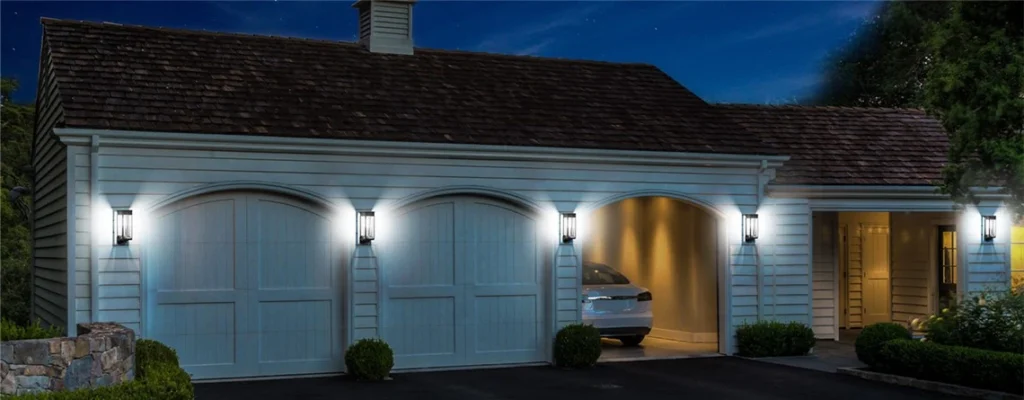
Shade’s Impact on Charging
Shade is the enemy of solar power, but it’s not a dealbreaker. Partial shade—think dappled light through trees or a few hours under an overhang—cuts charging efficiency by 20-50%, depending on the setup. A solar wall light needs 4-6 hours of direct sunlight to hit peak battery charge, typically 1500-2000mAh for 8-12 hours of 50-100 lumen output. In partial shade, that charge time stretches, or the battery only hits half capacity, meaning shorter runtime or dimmer light.
Here’s what shade does:
- Light Reduction: A tree canopy can slash sunlight by 30-70%, slowing the panel’s ability to convert photons to power.
- Battery Strain: Partial charging means batteries deplete faster, especially on high-brightness settings.
- Seasonal Shifts: Winter’s low sun angles worsen shade issues, dropping output further in northern climates.
Users on home improvement forums often note that lights under eaves still glow for 6-8 hours if they catch a few hours of indirect light. The key? Understanding your spot’s light patterns—morning sun might be enough to keep things humming.
Panel Types: Standard vs. High-Efficiency
Not all solar panels are equal, and the type on your wall light makes a big difference in shaded areas. Standard polycrystalline panels, common in budget models, convert about 15-18% of sunlight into energy. They’re fine in full sun but struggle in low light, often failing to charge under trees. High-efficiency monocrystalline panels, found in premium solar wall lights, hit 22-26% conversion rates and perform better in diffuse or partial light.
Breaking it down:
- Polycrystalline Panels: Affordable, but need near-full sun. Expect 50-70% charge in partial shade, limiting runtime to 4-6 hours.
- Monocrystalline Panels: More efficient, grabbing more energy from indirect light. Can hit 80% charge in dappled shade, powering 8-10 hours.
- Amorphous Panels: Rare in wall lights, but ultra shade-tolerant, working in near-dark conditions—though output is lower.
A 2025 review of top solar wall lights praised monocrystalline models for keeping 100-lumen beams steady under porch overhangs. If shade’s a constant, skip the cheap stuff—invest in high-efficiency panels for reliable glow.
Alternative Solutions for Shady Spots
When shade’s unavoidable, clever tech can bridge the gap. Some solar wall lights come with features designed to outsmart low-light challenges, ensuring you’re not left in the dark:
- Adjustable Panels: Models with tiltable or detachable panels let you angle the solar collector toward sunlight, bypassing eaves or branches. One user rigged a detachable panel on a sunny fence while the light stayed shaded.
- Hybrid Charging (Solar + USB): Many newer lights include USB ports for backup charging. Plug in during cloudy streaks to top off the battery—perfect for heavy shade or winter.
- Motion Sensors: These save power by only lighting up when needed, stretching partial charges. A 50-lumen motion-activated light can last weeks in low light.
- External Solar Panels: Some units let you mount the panel away from the light, catching sun up to 10 feet away via a cord.
A homeowner in a wooded area shared how a USB-hybrid light saved their patio setup, charging via a power bank during rainy spells. These options make solar wall lights viable even in tough spots.
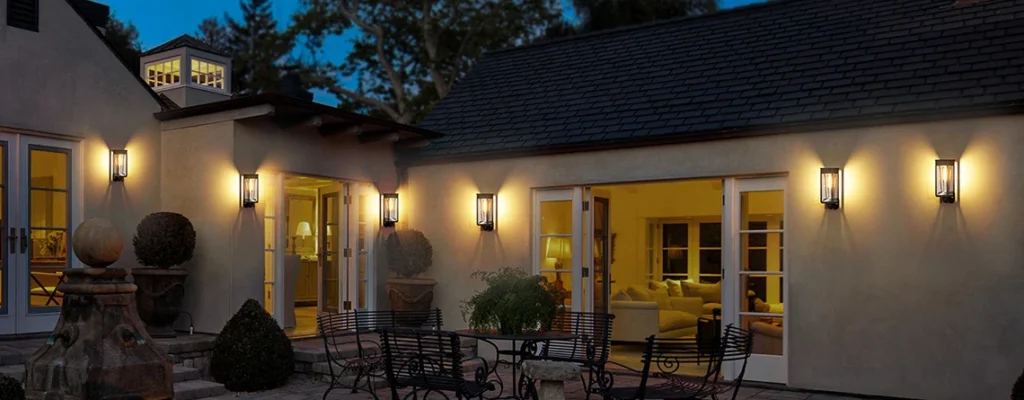
Placement Tips for Shaded Areas
Smart placement can squeeze every drop of sunlight from a shaded environment. Before you mount that light, scout your spot like a pro:
- Track Sunlight Patterns: Watch your wall for a day—does it get morning sun or late afternoon rays? Even 2-3 hours of direct light can suffice.
- Angle for Exposure: Mount lights where panels can tilt toward open sky, avoiding overhangs or dense foliage. A 45° tilt often catches stray beams.
- Clear Obstructions: Trim low branches or shift planters to reduce shade. Even a small gap in a canopy boosts charging.
- Use Reflective Surfaces: Place lights near light-colored walls or gravel to bounce indirect light onto panels, adding 5-10% efficiency.
- Test and Adjust: Install temporarily with adhesive before drilling. One user moved their light 2 feet left to catch an extra hour of sun, doubling runtime.
For example, a Seattle renter mounted a 100-lumen light under an eave but angled the panel outward, getting 8 hours of glow from just 3 hours of diffuse light. Placement isn’t just location—it’s strategy.
Pairing with Other Lighting
Sometimes, wall lights need a boost to cover shady yards fully. Pairing them with complementary solar solutions ensures both safety and style:
- Pathway Lights: Low-level 30-50 lumen stakes guide steps where wall lights don’t reach, like garden paths.
- Spotlights: A 200-lumen solar spotlight can highlight a tree or fence, complementing wall lights’ softer glow.
- String Lights: Drape solar strings nearby for ambiance, reducing the wall light’s workload in low-visibility areas.
A suburbanite described how combining wall lights with pathway stakes made their shaded deck feel “like a cozy café,” with enough light for late-night chats. Layering keeps your space functional and inviting.
Shade-Proofing Your Solar Glow
Solar wall lights can absolutely work in partial shade, but success hinges on tech and placement. High-efficiency monocrystalline panels and 1500mAh+ batteries keep lights glowing even under eaves or trees, while adjustable panels or USB backups tackle tougher spots. Strategic placement—tilting toward sun patches or clearing branches—can make a 50% difference in performance. Motion sensors and hybrid charging add flexibility, ensuring your lights don’t fizzle out.
These lights aren’t just about saving power; they’re about transforming your space without the hassle of wires. Forums are full of stories—think glowing patios under oak canopies or porches lit despite heavy shade. Pick a model with solid specs, place it thoughtfully, and pair with other solar gear if needed. With the right setup, your shaded corner can shine as brightly as any sun-soaked yard, proving solar wall lights are more than up to the challenge.

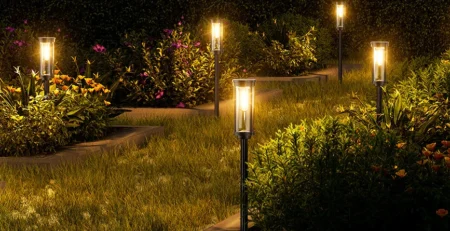
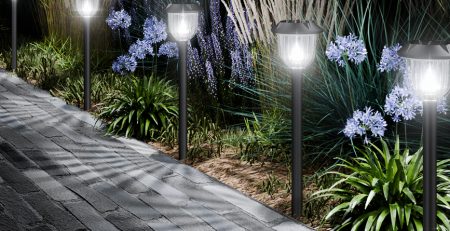
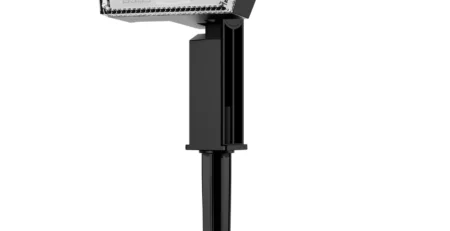
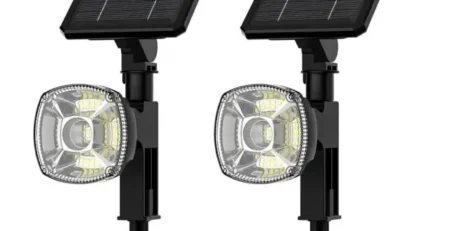
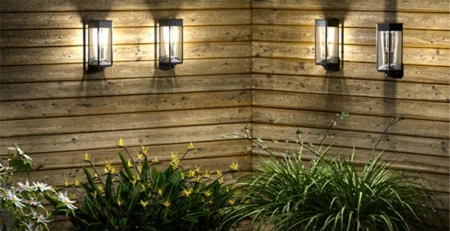
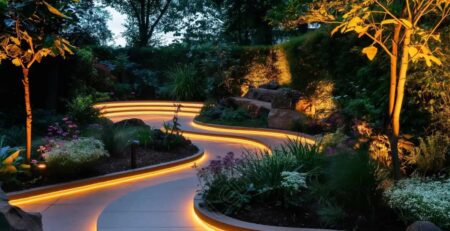
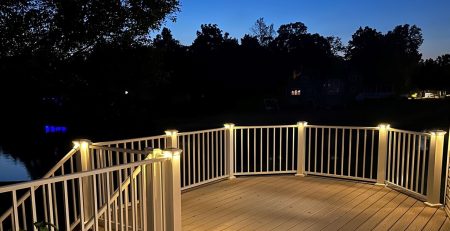
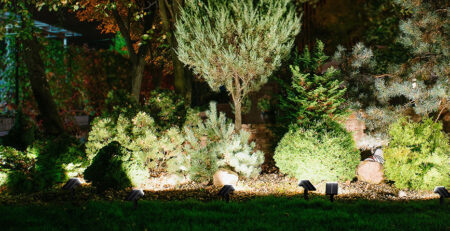
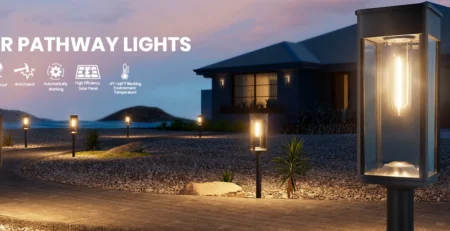
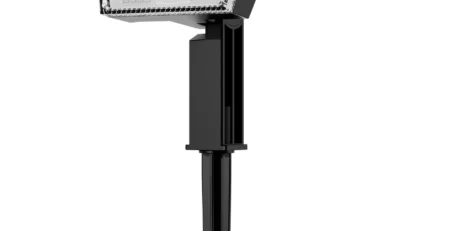
Leave a Reply